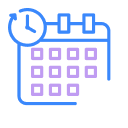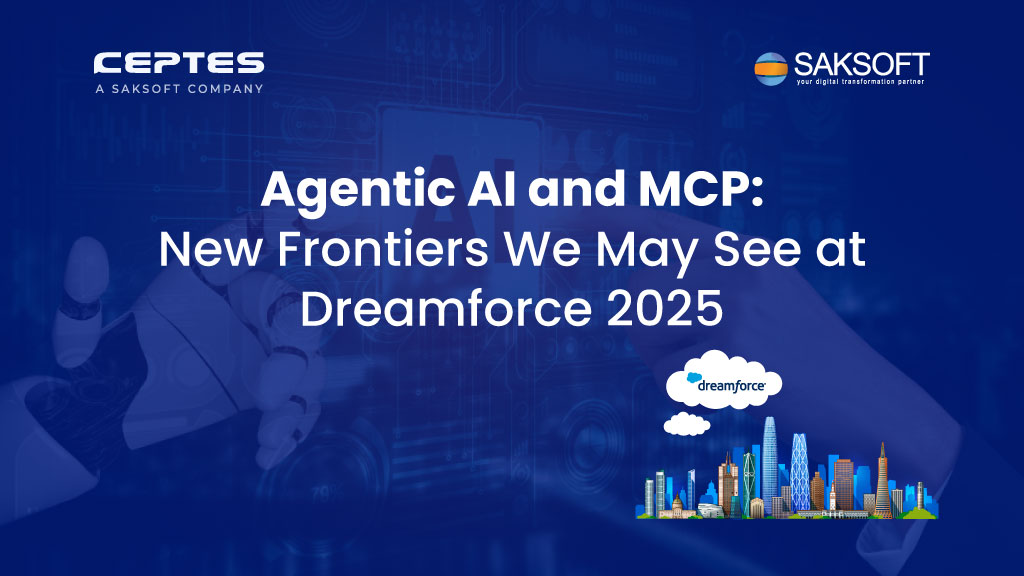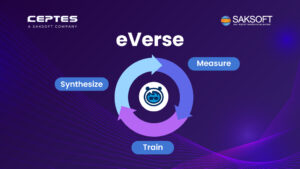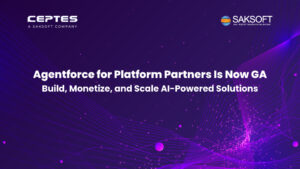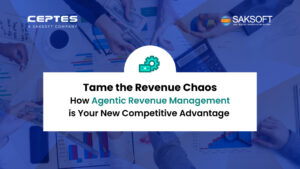Every year, Dreamforce delivers the next chapter in Salesforce innovation—new ideas, technologies, and blueprints that reshape how businesses connect with customers. As we look ahead to Dreamforce 2025 (October 14–16, San Francisco), two terms stand out across the AI landscape: Agentic AI and MCP (Model Context Protocol). Together, they represent the emerging frontier of how AI will become not just smarter, but also more autonomous, interoperable, and business-ready.
So, what do these innovations mean for Salesforce leaders, admins, developers, and architects preparing for Dreamforce 2025? Let’s dive in.
The Rise of Agentic AI: From Assistant to Co-Pilot
Until now, most AI applications have been assistive: answering questions, automating steps, or suggesting insights. Agentic AI takes the leap into action. These AI agents don’t just provide recommendations—they can:
- Take initiative: Anticipate user or business needs.
- Plan and execute: String together tasks across systems.
- Adapt dynamically: Adjust workflows based on changing context.
For Salesforce users, this means an AI agent could go beyond suggesting the next best action—instead, it might proactively:
- Launch campaigns in Marketing Cloud based on real-time customer behaviors.
- Update CRM data and trigger workflows in Sales Cloud without waiting for human input.
- Resolve routine service tickets automatically in Service Cloud while escalating only the complex cases.
As Salesforce integrates Agentic AI, we may see Salesforce Dreamforce 2025 highlight AI-driven orchestration across the entire Customer 360 platform—transforming the role of Salesforce from a system of record to one of autonomous business execution.
Enter MCP: The Model Context Protocol
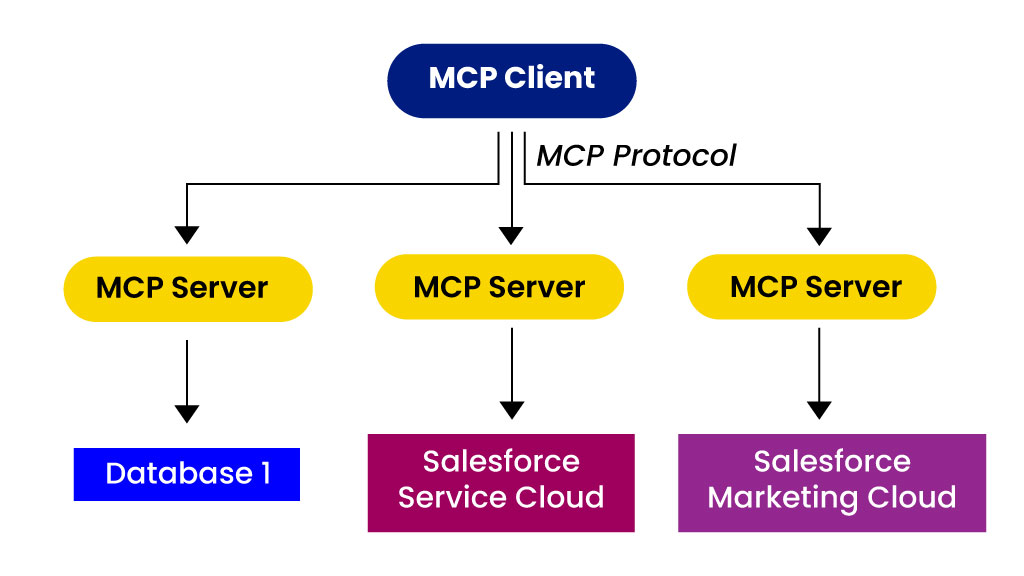
Agentic AI sounds powerful. But for it to operate across multiple data sources, systems, and applications, it needs context. That’s where the Model Context Protocol (MCP) enters the conversation.
Think of Salesforce MCP as a universal language for AI models—a way to give large language models (LLMs) standardized, dynamic access to external tools, datasets, and APIs. Instead of being locked inside their own black box, AI systems, through MCP, can securely fetch the right business context when needed.
For the Salesforce ecosystem specifically, MCP could enable use cases like:
- A Sales Cloud AI agent connecting instantly to ERP systems (inventory, pricing, order history).
- A Service Cloud AI agent pulling product performance logs from IoT platforms to resolve a case.
In other words, MCP breaks silos. It moves us toward a reality where Salesforce AI isn’t limited to Salesforce data but can orchestrate across entire enterprise ecosystems.
What We Might See at Dreamforce 2025
1. MCP-Powered Integrations
Salesforce could introduce MCP-based connectors that enable seamless interaction with external systems. This would transform Salesforce AI into the connective tissue of the enterprise, extending its reach beyond the platform and unlocking new partnership opportunities.
2. AI Safety and Trust Layers
Agentic AI requires guardrails. Salesforce has always emphasized Trust as its #1 value. Dreamforce 2025 will likely highlight governance frameworks—permissions, audit trails, and ethical AI practices—ensuring MCP-driven agents act responsibly, securely, and transparently.
3. Industry-Specific Agentic Use Cases
From healthcare to financial services to manufacturing, Salesforce could spotlight tailored AI scenarios. For instance, in healthcare: an MCP-enabled agent could automatically reconcile patient data across EHRs, insurance systems, and care platforms.
4. MCP in Hyperautomation
We may also hear about Salesforce expanding Hyperautomation capabilities—agents not only chatting, but partnering with Flow, MuleSoft, and Slack to function as orchestrators of entire workflows.
Why This Matters for the Salesforce Community
Dreamforce 2025 isn’t just about shiny new tech—it’s about how admins, developers, architects, and customers prepare for this next chapter.
- Admins will need to think beyond managing objects and fields—toward governing AI agents, setting their permissions, and monitoring outcomes.
- Developers will get new opportunities building MCP connectors, extending agents with custom actions, and designing automation frameworks.
- Architects will face the challenge of designing enterprise-scale AI ecosystems—bridging Salesforce with ERP, supply chain, and industry systems via MCP.
- Business leaders will see a shift in how customer engagement works—where AI doesn’t just support employees but directly drives outcomes.
Getting Ready for Dreamforce 2025
As you prepare to attend Dreamforce, here are some practical steps to stay ahead:
- Stay Curious about MCP: Explore how protocols and standards are reshaping interoperability in the AI space.
- Pilot Agent-Based Workflows: Test smaller AI automations today to prepare your org for more autonomous, agentic approaches.
- Audit Your Data Foundations: Agentic AI is only as good as the data it acts on. Ensure your Salesforce org is clean, unified, and well-governed.
- Look Across Systems: Begin identifying which external data and tools would most benefit from AI orchestration via Salesforce.
- Engage with the Community: Dreamforce is not just about sessions—it’s about conversations. Share your AI experiments, learn from peers, and shape the future together.
The Road Ahead
Agentic AI and MCP together point toward a radically new Salesforce paradigm: one where AI is not only conversational but truly contextual and action-oriented across ecosystems. At Dreamforce 2025, the story will likely shift from “what AI can tell us” to “what AI can do for us.”
For the Salesforce community, this is both exciting and humbling. It expands what’s possible in CRM, customer engagement, and enterprise workflows. At the same time, it calls on us to ensure trust, ethics, and governance remain central as we let autonomous AI agents handle more responsibility.
Final Word
As we step toward Dreamforce 2025, the combination of Agentic AI and MCP (Model Context Protocol) feels poised to redefine Salesforce’s role in the enterprise. Not just a platform for records and automation—but a living, intelligent network of AI-powered agents driving impact across industries.
For those of us gathering in San Francisco this October, one thing is certain: the AI conversation is about to level up.

Don’t miss the action at Booth #360 – from VR fun to exclusive goodies and prizes. Book your meeting slot here

Nilamani Das
Nilamani is a thought leader who champions the integration of AI, Data, CRM and Trust to craft impactful marketing strategies. He carries 25+ years of expertise in the technology industry with expertise in Go-to-Market Strategy, Marketing, Digital Transformation, Vision Development and Business Innovation.





